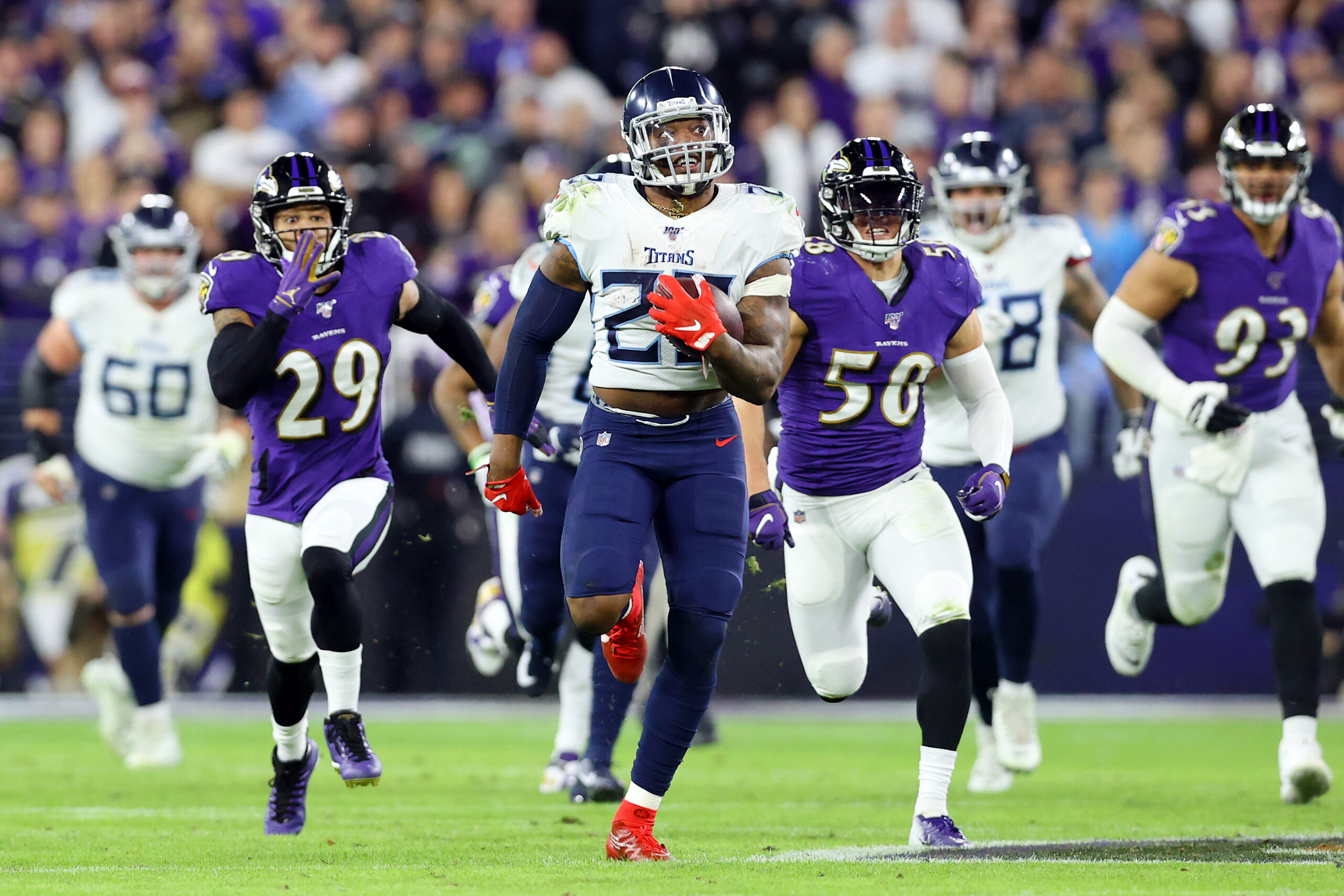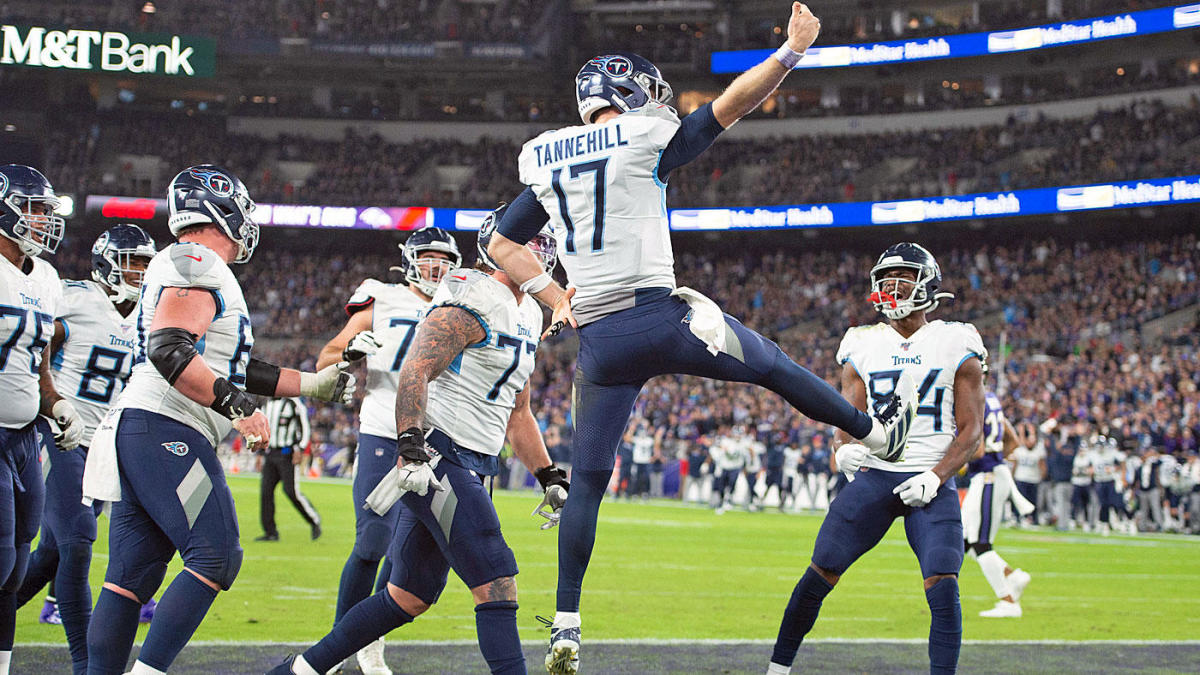A “Contrarian”, as defined by dictionary.com, is “a person who takes an opposing view, especially one who rejects the majority opinion”. This can be applied to economics and the stock market. It can also be applied to our favorite market, the betting market.
Remember, when you are placing a sports bet, you are not just thinking about your favorite team beating their rival. You are not just thinking about how many points a team “should” win by. You are participating in a market. Prices change due to market sentiment. Reading these market changes provides the basis for a “Contrarian” strategy. Essentially, if a Contrarian sees that a large majority of wagers are on one side, then they look to bet on the opposite side. In some cases it’s like a stock. If there is very heavy bullish sentiment, individuals are buying a stock, causing the price to go up. Sometimes, due to the high volume, a trader sees an opportunity to short the stock at an inflated price. Hypothetically, a high volume of wagers on one side would lead to a price increase (i.e. from -120 to -140 or a spread going from -6 to -6.5.) A spread or price that has risen too much can be seen as an inflated price. Where the trader finds an opportunity to short the market, the Contrarian Bettor sees an opportunity to use inflated value to their advantage.
This is not a strategy intended to work every time. However, it is one that is very effective when the bettor is disciplined and picks his spots wisely. The Contrarian bettor is looking for lopsided prices, and can even win less than 50% of his plays in a sport like baseball where you can regularly get prices higher than +150.
Although it seems intuitive that prices for bets would go up with high volume, it is a huge misconception that this is always the case. That assumption is one of the biggest mistakes an amateur bettor can make. Betting is a controlled market, meaning, bookmakers move lines as they see fit. In some cases the market creates what’s known as “Reverse-Line-Movement” (RLM). In this case, the majority of wagers are on one side, yet the price or the spread actually moves in the opposite direction. Individual bookmakers have a shifting liability on all games. A high volume of small wagers on one side, does not shift the needle like a small volume of large wagers on the other side does. Larger figures are often representative of professional bettors and bookmakers respect the strategy in which they base their picks on. If professional bettors, or “sharps”, are hammering a pick, then the bookmaker needs to adjust the price so as to not take on more liability.

The Titans upset of the Ravens in the AFC Divisional Round last season, is a great example of reverse line movement.
(Photo by Rob Carr/Getty Images)
The RLM strategy is predicated on the assumption that the average, everyday bettor is misinformed to a certain degree. Amateur or “Public” bettors often wager on outcomes they would like to see: The Yankees or the Dodgers winning a baseball game, the over in a high-scoring fast paced basketball game, or NFL MVP Lamar Jackson and the Baltimore Ravens running over a Ryan Tannehill led Titans team. These things make sense in your mind, and you could see them happening.
In early 2020, the world was gearing up to see a matchup between Lamar Jackson and Patrick Mahomes in the AFC Championship. The only thing standing in the way of that game was the Tennessee Titans. Every fan, media personality, and so-called “expert” was expecting the Titans to get over matched by the speed of the Ravens on both sides of the ball. Everyone except professional bettors, of course. The Ravens opened up as -10.5 favorites and the public pounced at the opportunity to bet the Ravens by less than two touchdowns. After all, the 2019 Ravens had an incredible +13.7 scoring margin in their 16 regular season games. As time went by, and more “experts” poured in on the Ravens, the line on this game quickly shifted from -10.5 to -10, and then to -9.5. Some books were showing a 90/10 split in the amount of wagers on the Ravens versus the Titans. Even through the unprecedented volume, the book’s liability was on the Titans, so the line fell. The Titans went on to win outright by the final score of 28-12, picking off Lamar Jackson twice, sacking him four times, and giving him his lowest passer rating of the season at 63.2. This was a classic example of RLM, where Contrarians made a killing, taking advantage of the undervalued Titans.







